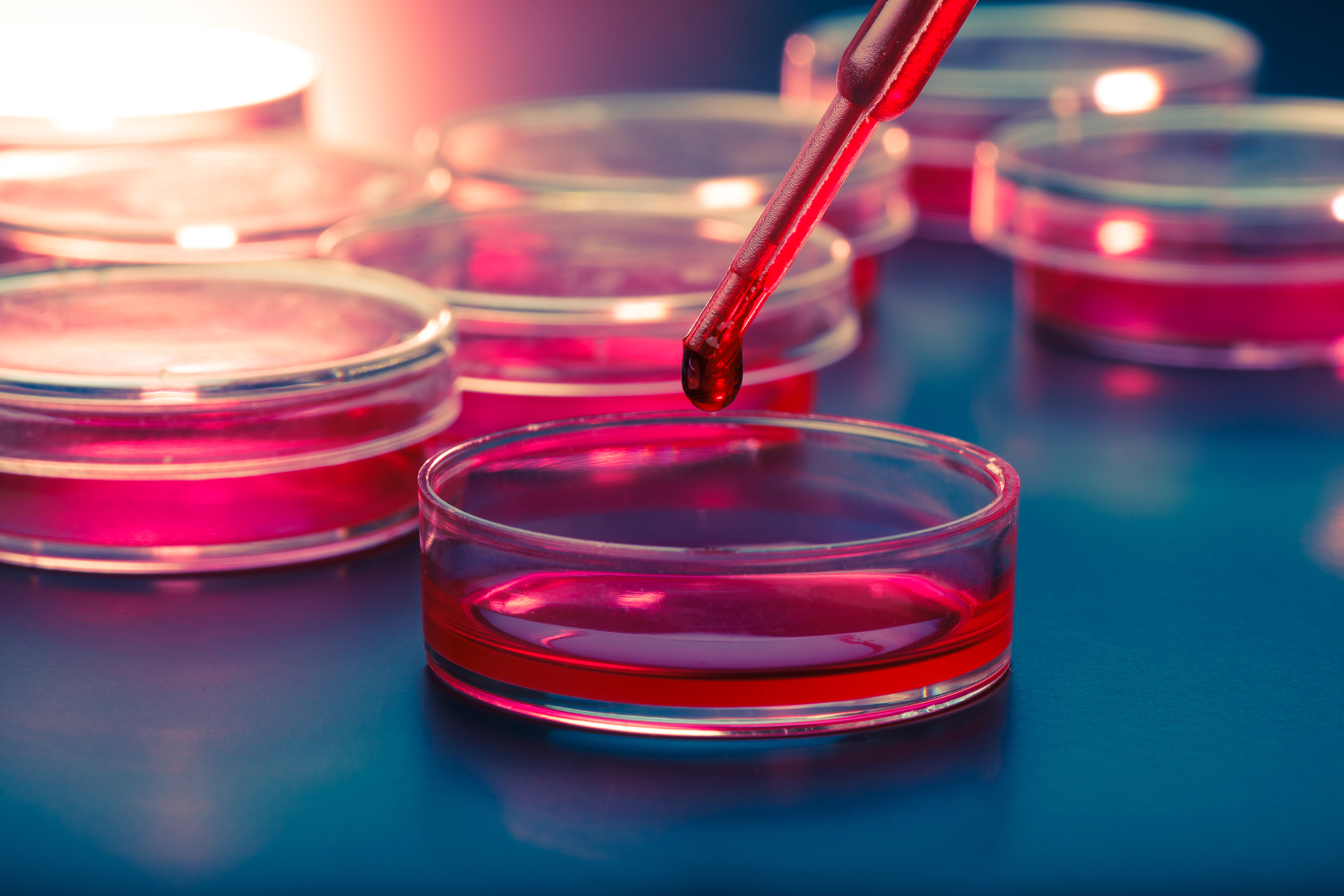Study Reveals How Fatty Liver Disease May Progress to NASH
Written by |

The tiny spheres, or microvesicles (MVs), released from liver cells and macrophages seem to be key players in the progression of non-alcoholic fatty liver disease (NAFLD) into non-alcoholic steatohepatitis (NASH).
Researchers have found that these microvesicles can activate NLRP3 inflammasomes, which in turn activate IL1-beta: Both are naturally occurring substances that are often present in NASH patients and are thought to be a major cause of liver damage by causing inflammation in the liver.
The study, “Microvesicles released from fat-laden cells promote activation of hepatocellular NLRP3 inflammasome: A pro-inflammatory link between lipotoxicity and non-alcoholic steatohepatitis,” was recently published in PLOS One.
NLRP3-inflammosomes, substances that cause inflammation, are known to be linked to the transition from NAFLD to NASH. But the question is, how does this happen?
When the body takes in too much fat, the cells that usually accumulate fat, the adipocytes, become saturated, and other cells end up taking the excess fat, which can kill them in a process called lipotoxicity. The dying cells then produce tiny spheres called microvesicles (MVs).
The researchers set out to discover whether these MVs were taken up by liver cells and by a certain type of white blood cell called a macrophage, and whether the MVs activated NLRP3-inflammasomes in them.
The answer was yes. Liver cells and macrophages were grown in the laboratory and were exposed to MVs like the ones released from non-fat cells dying from too much fat. The test cells took up the MVs and the NLRP3-inflammasomes were activated in both the liver cells and in the macrophages. The amounts of the naturally occurring substance, IL1-beta, were also increased. IL1-beta is a powerful stimulator of inflammation.
The study showed that the increase in IL1-beta depended on the activation of the NLRP3-inflammasomes. When these inflammosomes were deactivated in cells exposed to the MVs, the levels of IL1-beta did not increase.
Also, lab mice fed a methionine-choline deficient (MCD) diet, which causes NASH-like disease in mice, had activated NLRP3-inflammasomes and increased levels of IL1-beta, which partially supports the results, though the action of MVs was not tested in the mice.
“We provide novel evidence suggesting that MVs released by cells undergoing lipotoxicity may actively contribute to pro-inflammatory responses by activating in a paracrine way NLRP3 inflammasome in either parenchymal cells and macrophages with a mechanism that involves MVs internalization by ‘target’ cells,” the researchers wrote.
“In the present study we provide for the first time evidence that MVs released by fat-laden cells can directly up-regulate NLRP3 inflammasome in both hepatocytes and macrophages, resulting in a significant increase in IL‑1β release,” they concluded.






